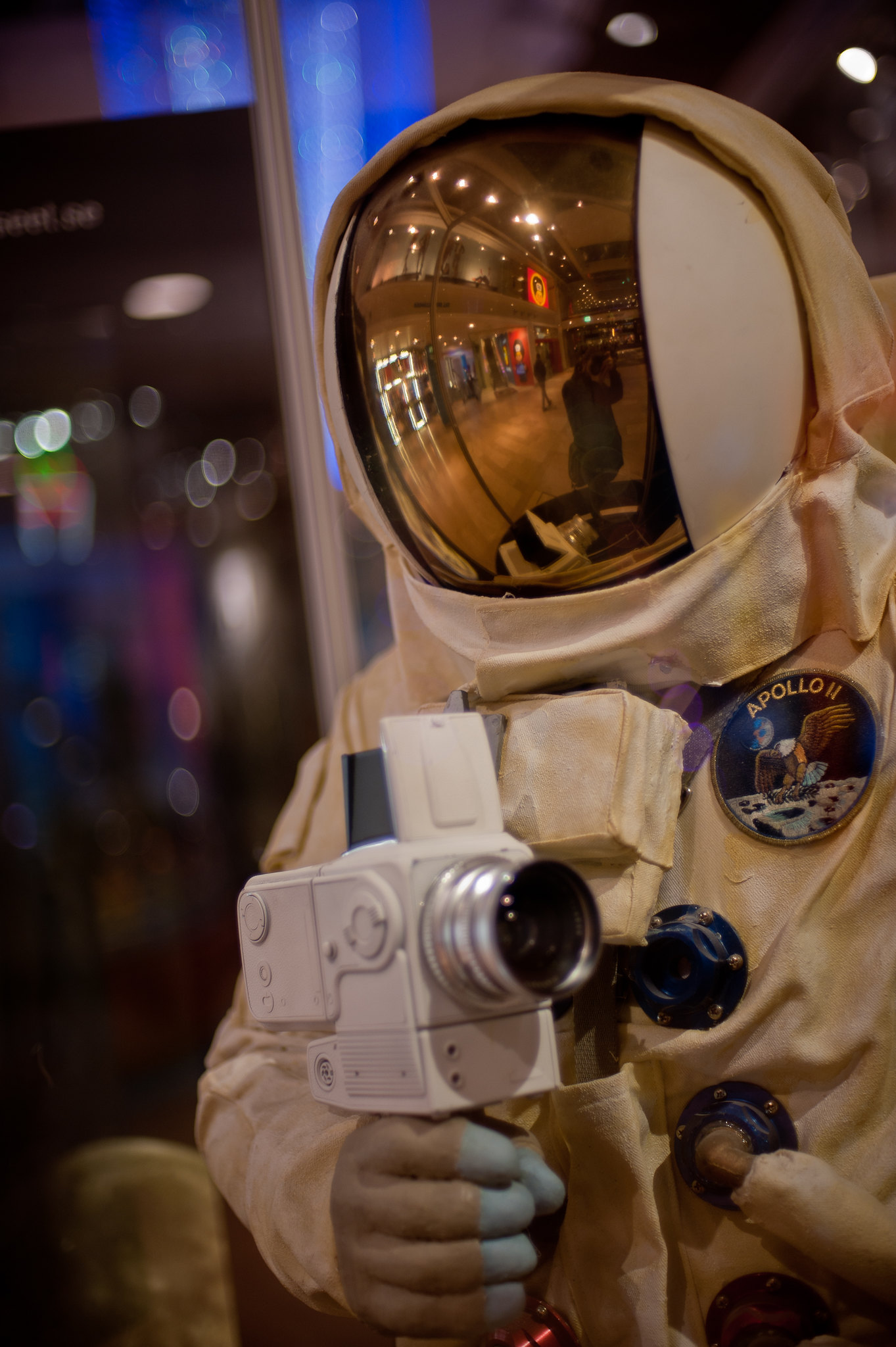A recent study by researchers at Brandeis University explored wearable devices that provide orientation cues through vibrations to enhance training for astronauts and reduce the risk of spatial disorientation during spaceflight. Spatial disorientation, the loss of orientation cues when leaving the Earth’s surface, can be dangerous and potentially fatal. The study aimed to determine if vibrotactors, small vibrating devices applied to the skin, could correct misleading cues from the vestibular system and improve participants’ ability to trust and rely on them.

The experiment involved 30 participants subjected to sensory deprivation and a multi-axis rotation device simulating spaceflight conditions. Participants were divided into three groups: one received training to balance in the rotation device, one received vibrotactors, and the third group received both training and vibrotactors. The training included tasks that required participants to disengage from their natural gravitational cues and rely on the vibrotactors instead. Participants wore blindfolds and earplugs and listened to white noise during the experiment. The vibrotactors buzzed when participants moved away from the balance point, and participants aimed to keep the rotation device as close to the balance point as possible.
Results showed that participants in the group that received both training and vibrotactors performed the best in the spaceflight analog condition. However, even with training, participants did not perform as well as they did in the Earth analog condition, suggesting the need for more time to integrate cues from the vibrotactors or stronger danger signals. The study concluded that specialized training would be required to achieve a deeper level of cognitive trust in the external device.
If further trials prove successful, vibrotactors could have various applications in spaceflight, such as assisting astronauts in landing safely on planetary surfaces or supporting their movements outside a spacecraft. The study highlights the potential of wearable devices to enhance spatial orientation and improve safety during space missions.
This research was published in Frontiers.
References
- Frontiers. (2023, November 3). Wearable devices may prevent astronauts getting ‘lost’ in space. Phys.Org. https://phys.org/news/2023-11-wearable-devices-astronauts-lost-space.html
- Vimal, V. P., Panic, A. S., Lackner, J. R., & DiZio, P. (2023). Vibrotactile feedback as a countermeasure for spatial disorientation. Frontiers in Physiology, 14. https://www.frontiersin.org/articles/10.3389/fphys.2023.1249962











